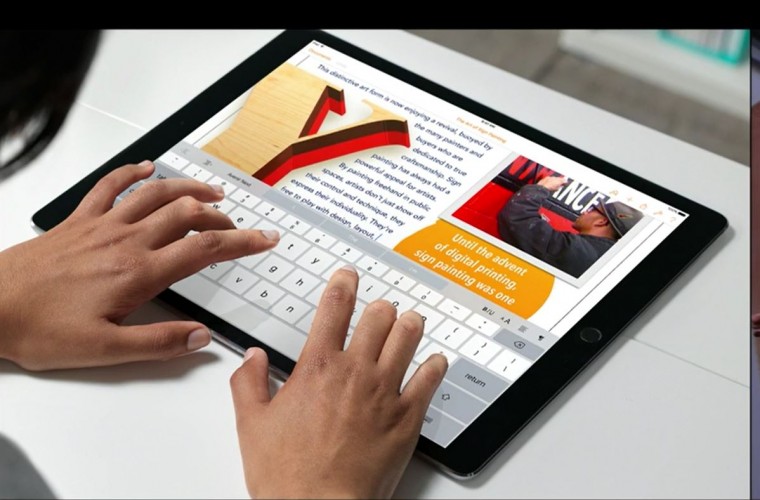Microsoft Office 2016 on the new Apple iPad Pro, likely to require a 365 subscription.
The great thing about using Microsoft Office on a mobile device, like an iPad or an iPhone, is that it’s completely free of charge, for both viewing, and editing documents. It works seamlessly with the desktop version of the same productivity suite, and in the 2016 version, it also uses advanced collaborative features, that allow multiple users to edit the same document, simultaneously.

The reason why it’s free on devices like the iPad and the iPhone, has to do with screen size. As long as Microsoft Office runs on a device with a screen that is 10.1 inches or less, the experience is completely free of charge, on iOS, Windows 10 for mobile devices, and Android.
Due to its “supersized” 12.9 inches display, the iPad will be the first iOS device that will not be offering Microsoft Office productivity tools, without an Office 365 subscription.
By the same token, while a Microsoft representative has recently confirmed to Ars Technica, the subscription requirements, Microsoft has not yet finalized the user experience on the iPad Pro, and there is a chance that the company will be slightly more lenient in that regard.
So far, the official EULA contains fairly clean-cut guidelines in regard to what defines a “true mobile device”, and as mentioned earlier, any screen that is larger than 10.1 inches, whether it has a keyboard, a separate pointing device, or runs a desktop operating system, it does fall under the definition of a “true mobile device”. By the same token, any device with a display size over that limit, no matter if it runs iOS, Android or it only allows for touchscreen input, is no longer considered a “true mobile device”.
Will Microsoft bend the rules for the iPad Pro?
The iPad Pro is not like the average iPad. It’s built for productivity tasks typical of a working environment, with specs that fully justify the cost of the device. With the addition of the Smart Keyboard, and the Apple Pen, the device effectively becomes a surrogate laptop, positioning itself in a grey area where it’s no longer a mobile device, and it’s not quite a PC.
With that in mind, the iPad Pro is not a Surface Tablet, and it’s definitely not in the same category as a MacBook. It’s very unlikely that Apple will push iOS 9’s capabilities too close to those of Mac OS X, thus it’s unclear what we can expect from Microsoft in regard to properly handle Office 2016 licensing on such device. Having said that, while the iPad Pro is the first of its kind, it’s definitely not going to be the last, as Samsung and other manufacturers are likely to follow suit, depending on how well the larger form factor is received by consumers.
Speaking of Samsung, rumors have it of the company working on an even larger tablet, which could be in the works to rival the iPad Pro in 2016.
If more manufacturers plan on building these “super-tablets”, Microsoft might need to re-think its licensing strategy for all mobile apps designed to work on the new display sizes, although this scenario might be far in the future.
With specific regard to the iPad Pro, Microsoft could bend some rules, but not all, especially in consideration of the advanced editing features that such large screen size allows.